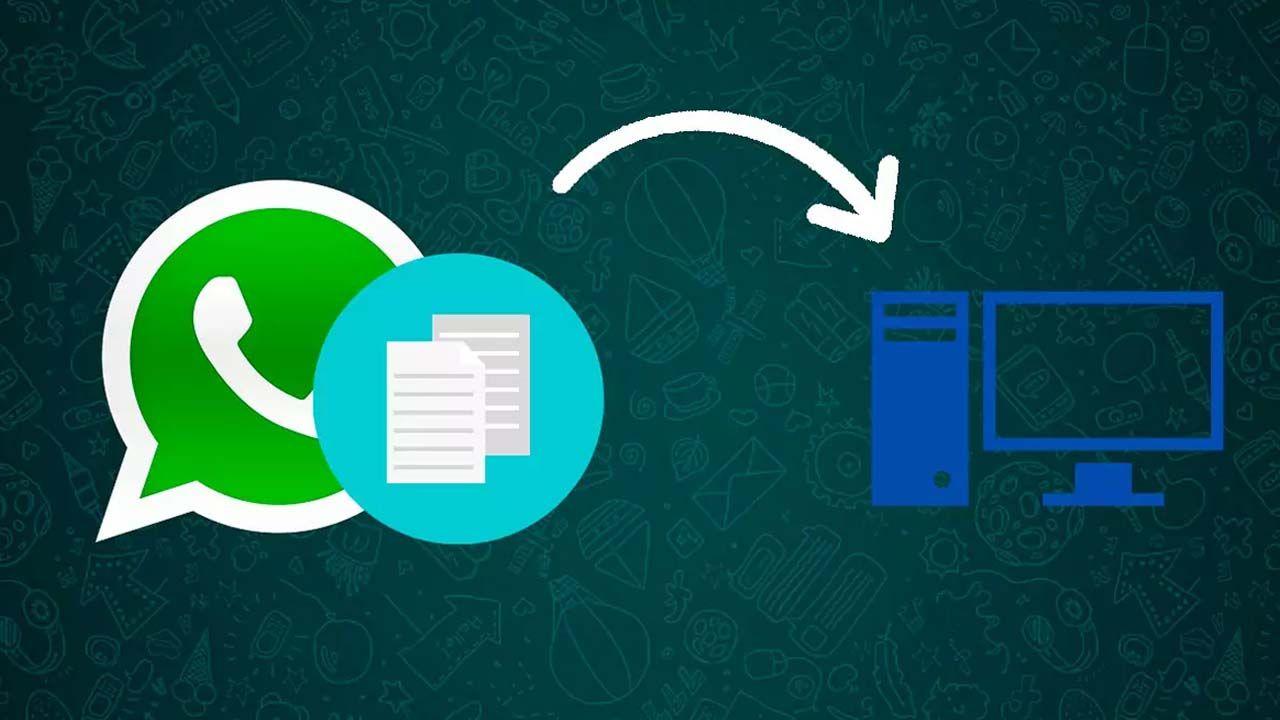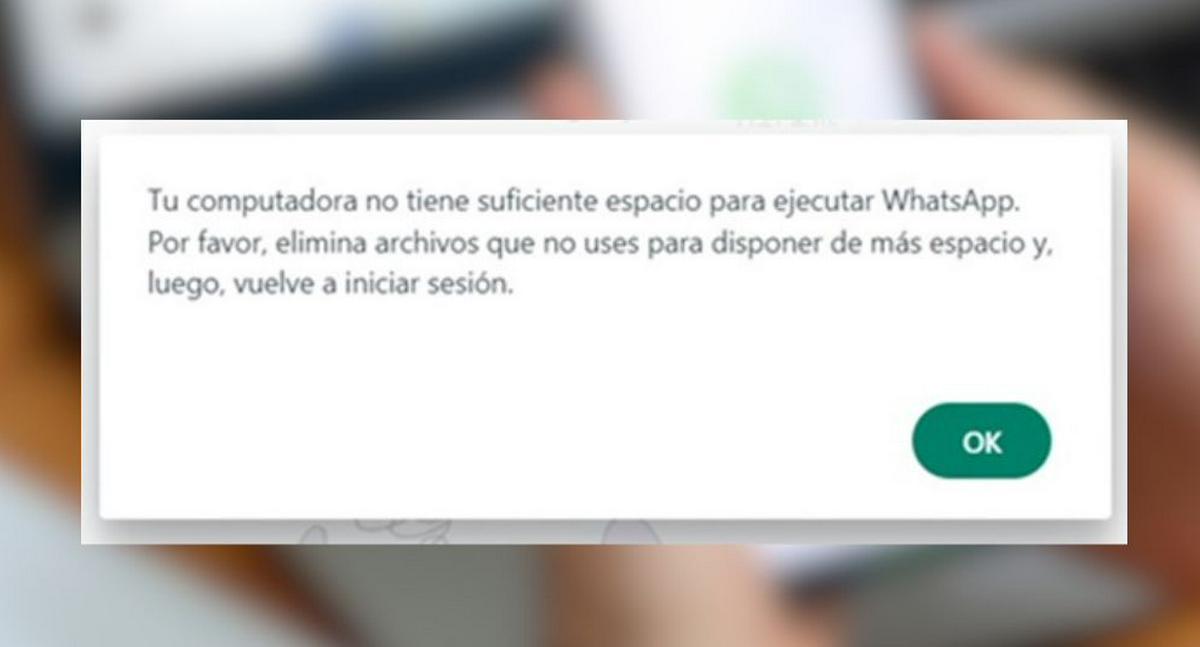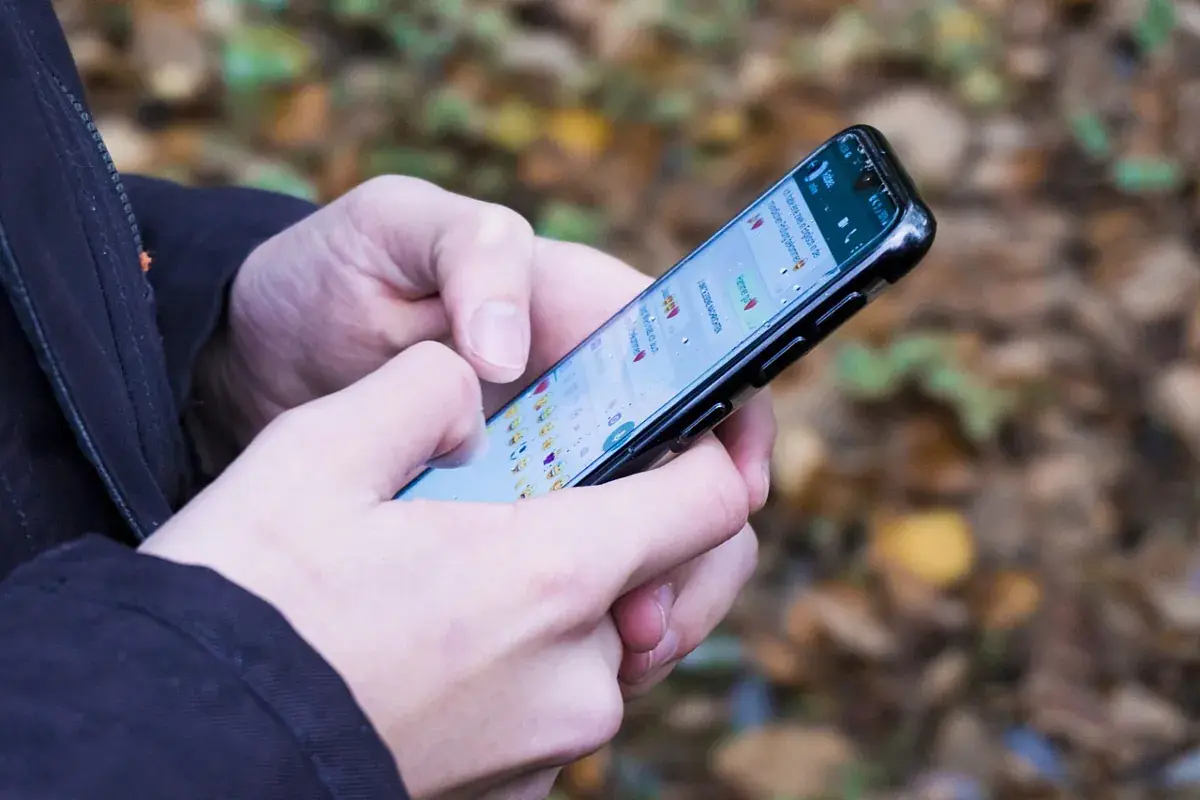- En WhatsApp Desktop (Microsoft Store) files are saved in AppData\Local\Packages within LocalState\shared\transfers.
- In WhatsApp Web, they are not saved automatically: you must download and choose the folder; multiple files arrive in .zip format.
- For large volumes, connect your mobile device via USB (MTP) or synchronize with Google Photos; Drive/iCloud backups are not browseable.

If you use WhatsApp on your computer with WindowsWhether using the native Microsoft Store app or through a browser, it's normal to wonder where the photos, videos, and documents you view or use end up. downloads. The location changes depending on whether you use WhatsApp Desktop (app) or WhatsApp Web (browser)And there are also important nuances if what you want is to clean, move or back up those files.
En Android It is common for everything to remain within the "WhatsApp" folder on the phone, but on Windows the behavior is different. In the Microsoft Store desktop app, there is an internal application folder where downloads end up. which is managed by the program itself, while in WhatsApp Web you manually choose where to save; if you don't download them, you only view them temporarily. Let's look at all the paths, options, and Tricks to keep it under control.
Where does WhatsApp Desktop store its files on Windows?
If you use the official WhatsApp application installed from the Microsoft Store, automatic downloads and files you open from chats are copied to a folder in your Windows user profile. The most common route is: C:\Users\<usuario>\AppData\Local\Packages\5319275A.WhatsAppDesktop_cv1g1gvanyjgm\LocalState\shared\transfers. Replaces by your Windows account name. That's where images, videos, and documents usually end up. which the app manages in the background.
It's best not to touch the inside of that folder too much, because it's part of the storage of the application and there are files that WhatsApp needs to function normally. If what you want is to free up space without messing things upOpen a chat, go into its information and go to "Multimedia, links and documents": from there you can select several items and delete them. You will also see specific tabs for “Files” and “Links” to filter by type.
An additional recommendation when your goal is to clean and not preserve: delete from the WhatsApp Desktop interface itself And let the app update its content index. Manually deleting items within "LocalState\shared\transfers" can leave orphaned references and take up space without you noticing it in the app.

If you use WhatsApp Web: how they are downloaded and where they are stored
With WhatsApp Web, you access your chats in the browser, and the files are not automatically saved to your PC unless you download them. When you only open or preview, the content is managed temporarily. through the browser. To actually save it, you have to download it.
First of all, make sure you are using a compatible browser: works on Google Chrome, Mozilla Firefox, Safari or OperaIt is not compatible with Internet Explorer. Go to web.whatsapp.com On your PC, open the mobile app and, under "Linked Devices", scan the QR code. In a few seconds you'll see your conversations on your computer..
To locate files from a specific chat, click on the contact or group name and go to "Files, links and documents". All the photos and videos appear there.And in the "Documents" and "Links" tabs you'll see the rest of the items. You can select multiple items at once; when you do, The browser will download a ZIP file if you select more than one.If you select a single file, you can choose the save location according to your browser settings.
Keep in mind the nuance: some people believe that "since they appear on the screen they are already on the computer," and that is not the case. They only remain on your PC when you click Download and save them.Otherwise, the browser cache handles that preview and then releases it.
WhatsApp app for Windows: installation, opening and access
It's possible that you download WhatsApp for Windows, close it, and then can't find it in the Start menu. Don't worry. The current native app is installed from the Microsoft Store. It's different from the classic .exe file, which sometimes only serves as an installer. Search for it in the Start menu by typing "WhatsApp," or open the Microsoft Store (type "Store" in the Start menu), search for "WhatsApp," and launch it from there; if you want, pin its icon to the taskbar. The .exe file you kept may only be the installer. and not the app launcher.
Since summer 2022, WhatsApp for Windows has been a faster and more stable native application. It doesn't need the mobile phone to always be switched on or on the same network Once you link it for the first time, the process is identical to the web version: on your mobile device, go to "Linked Devices", scan the QR code, and you're done. It includes a dark theme and keyboard shortcuts to open emojis, GIFs, or speed up audio, among other things.
Save files from the desktop app
With the desktop app it's very simple: Right-click on an image and choose "Save as..." To select a folder on your PC. If you left-click to enlarge the image, you'll see a menu in the upper right corner with "Save as" and "Open in another application".
If you prefer to change the image format, copy and paste it into an editor like Microsoft Paint. From there you can save it as PNG, JPG or other formats in the folder of your choice. This option is useful when the app uses a default format that you don't want.
Cleaning and managing space in Windows
If you suspect that WhatsApp or other apps They are "eating" the disk; Windows offers a centralized view to check this. Go to Settings > System > Storage and check what's taking up the most space. From there you can free up space with "Storage Sense" and review installed apps.
For specific WhatsApp cleaning, the safest way is to do it within each chat: Go to chat information > MultimediaSelect the items you no longer need and delete them. Repeat this process in the "Files" tab if you want to delete large documents. This prevents inconsistencies in the database of the app.
Connect your mobile phone to your PC and copy the Media folder
Another way to transfer everything to your computer is to connect your phone via USB using data transfer mode. On Android, enable the MTP protocol To make your phone appear as a media device, you'll see WhatsApp's folder structure and be able to copy what you need.
If your PC does not detect your mobile device, try the following: Try a different USB port and, if possible, a different cable. (some cables only charge and do not transfer data); check on your mobile device that you have selected the correct transfer mode; restart both devices in case there are any pending processes; update the drivers from the "Device Manager"; and Run the Windows troubleshooter for USB, which sometimes reveals the source of the failure.
Cloud backups: Google Drive and iCloud
WhatsApp allows you to back up chats and files to the cloud, but there's an important detail. Android backups on Google Drive are not manually navigable or downloadableIt exists and can be used to restore photos on your phone, but you won't see it as a folder with individual photos. The good news is that It does not take up storage space. from Drive according to the agreements between WhatsApp and Google.
If you want to view photos on your PC conveniently without cables, you can use Google Photos. First, in WhatsApp on your phone, go to "Storage and data" and Activate automatic photo downloads (preferably via Wi-Fi). Then, in Google Photos on your phone, turn on "Backup and sync". In Albums, search for "WhatsApp Images" and activate its backup.Then, go to Google Photos from your PC browser and download individual photos or a whole album.
En iPhoneBackups go to iCloud and follow the same logic: They are useful for restoring files, but not for browsing file by file. From your PC, go to WhatsApp > Settings > Chats > Chat backup, and make sure iCloud is enabled in Settings. iOS. When you restore on a new iPhone, your chats and attachments will return..
Create a chat with you to share files.
A useful and private trick for moving files between mobile and PC is to have a conversation only with yourself. The easiest way is to create a group, temporarily add someone (for example, a family member), and ask them to leave; you stay behind. Another option is save yourself as a contact in the address book and open the chat from WhatsApp.
With that "personal" chat you can send each other notes, photos and documents at any time. When you no longer need them, clear the conversation from the menu And start again. It's practical for organizing yourself by topic (work, travel, bills) by creating several "solo" groups.
Export complete chats with or without multimedia
If you need to keep an entire conversation readable on your computer, the export function is perfect. On Android, go to Settings > Chats > Chat History > Export ChatChoose the conversation and decide whether to attach multimedia. In the final step, Share via email, Bluetooth, or another method and save the .zip file with a .txt file and, if you choose, the photos and videos.
On iPhone, open the chat, tap the contact or group name, and select "Export chat". Select "Attach files" if you want to include multimedia. and choose how to send the package (email, messages, or other). Keep in mind that Single-view messages are not exportedThey will not appear in the history.
Other options: third-party tools and local network FTP
There are copy and transfer utilities that centralize the process, such as MobileTrans. The typical process is to connect the mobile phone via USB, then choose “WhatsApp Transfer/Backup” and let it make a backup to dump it or migrate itIt's comfortable, but It usually costs money.So consider whether it's worth it compared to the official options.
Another wireless alternative is to use FTP from your file manager on your mobile (Many include it). Activating it will show you an address like this. ftp://192.168.X.X:XXXXEnter that URL into your browser or an FTP client on your PC, and access phone folders via Wi-Fi To copy, for example, WhatsApp/Media/Images or Documents. Both devices must be on the same network.
Passionate writer about the world of bytes and technology in general. I love sharing my knowledge through writing, and that's what I'll do on this blog, show you all the most interesting things about gadgets, software, hardware, tech trends, and more. My goal is to help you navigate the digital world in a simple and entertaining way.
